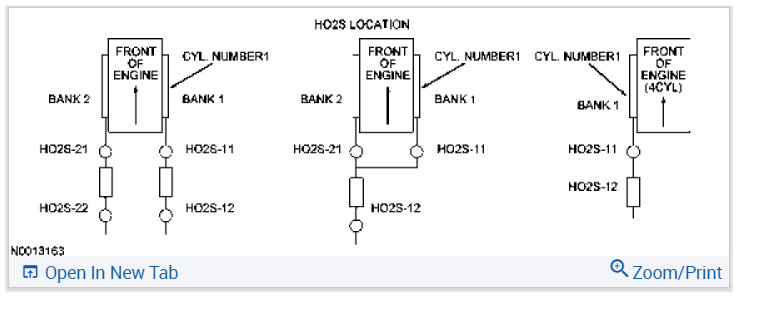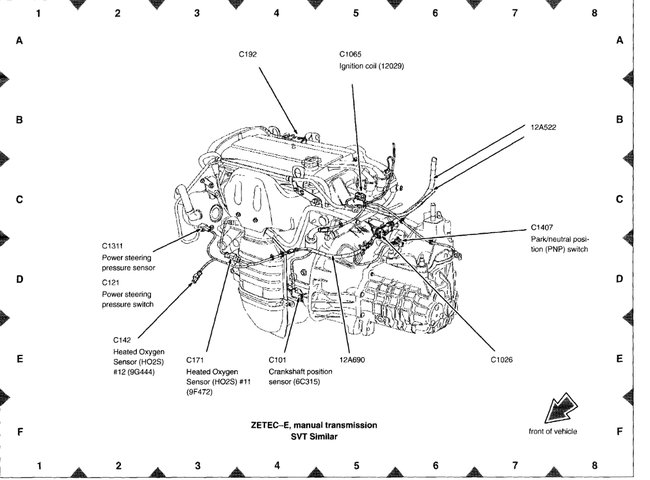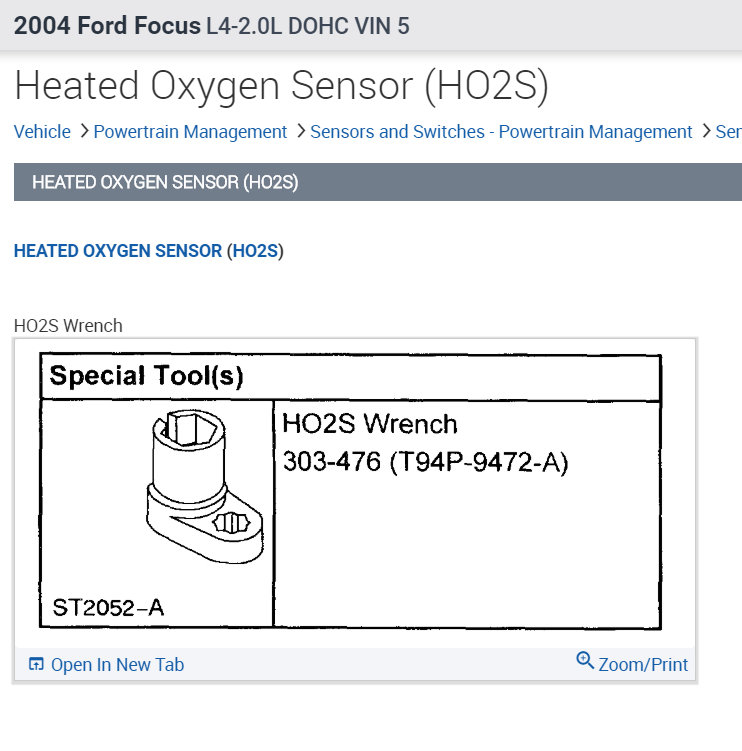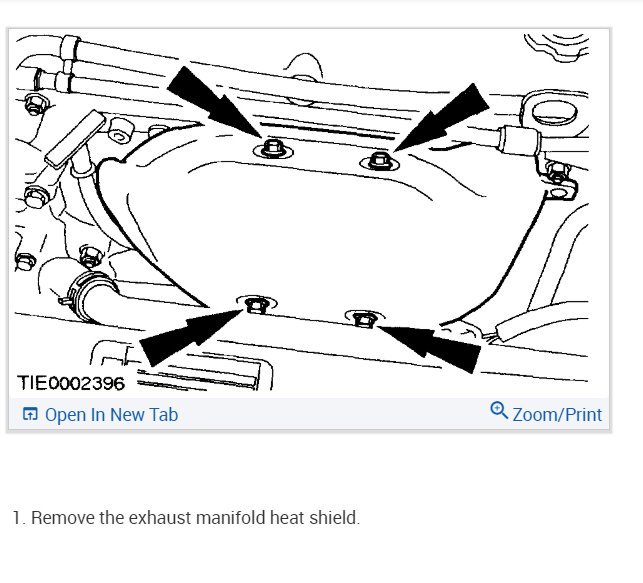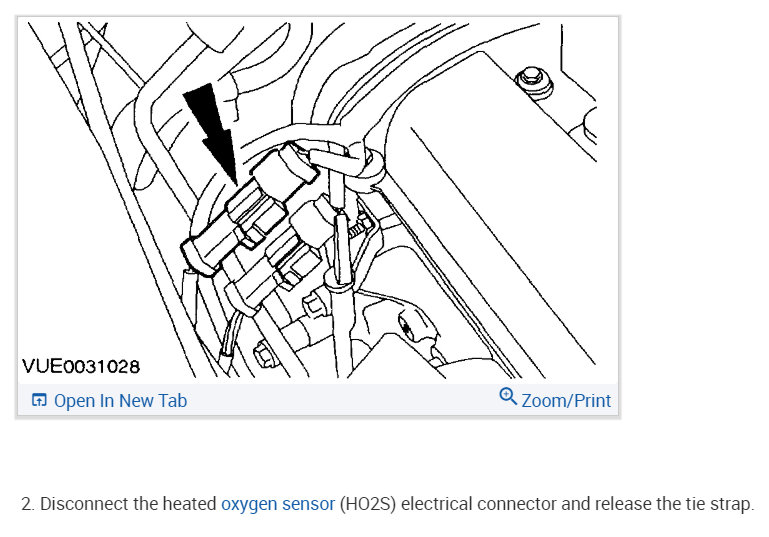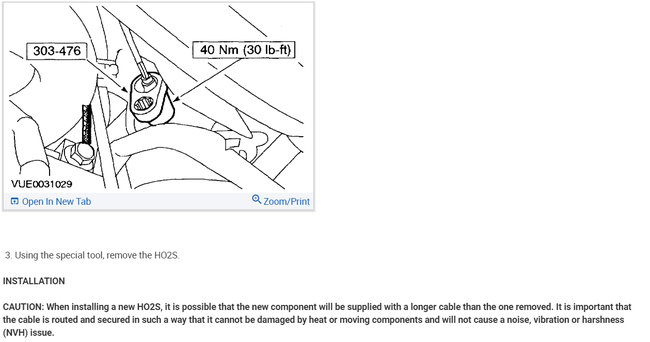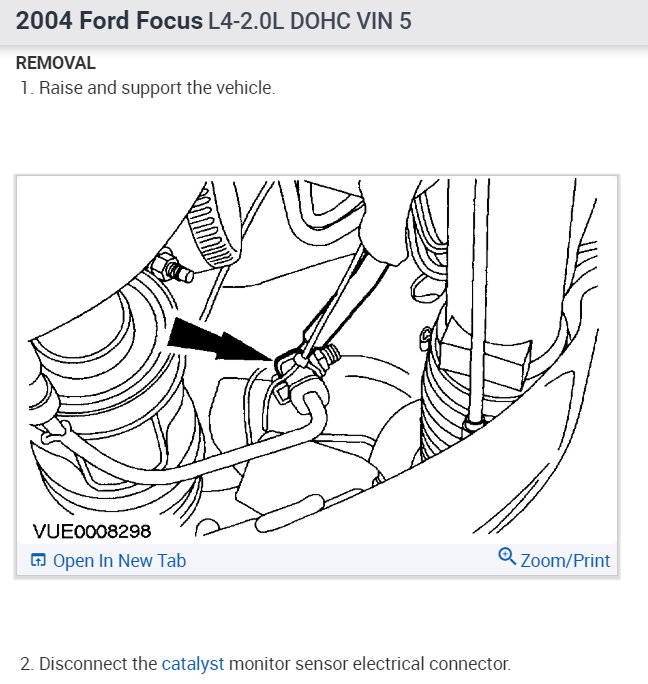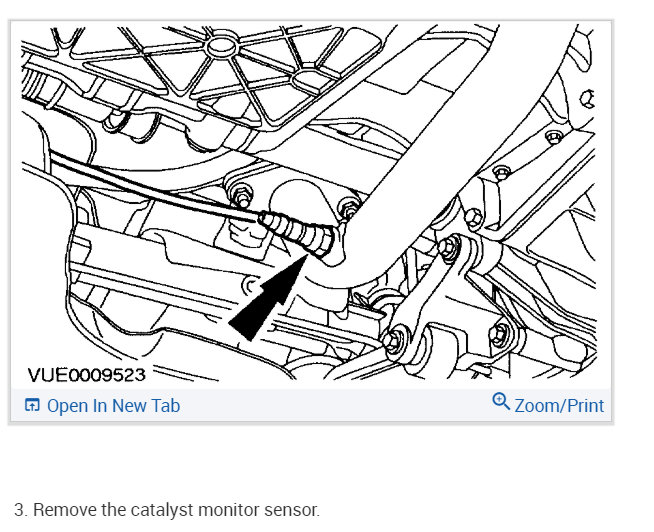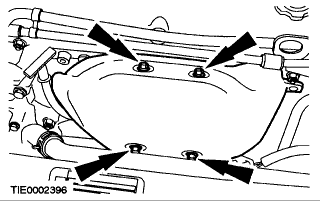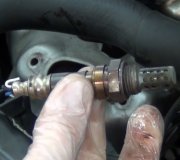A bad diode is just one of the possible causes of what you described but it's an easy one to quickly rule out or find with a professional load-test. That involves drawing the maximum possible current for a couple of seconds to see what can be delivered, not a simple voltage test. Measuring battery voltage while the engine is running will tell if the generator is working but not if it is capable of delivering the full current it was designed to.
As for scanners, I have the Chrysler DRB3 because with an extra plug-in card it will do emissions testing on all brands of cars sold in the U.S. On '96 and new models up to at least 2004, and a few models beyond that. With another card it will work on all Chrysler products back to '83 models.
I also have the Chrysler DRB2 made for all Chryslers from '83 through '95 but it requires various plug-in cartridges specific to the line of models you're working on.
If money is no object, Snapon has the MODIS and a few other models but they get you with expensive updates every year. My coworkers used a Genysis and liked it a lot but I never used them so I don't know much about them other than they're a popular, less-expensive alternative to the Snapon stuff.
You also have to look at the cars you're going to be using this on. '95 and older models had all different computer systems. For those, other than Chrysler products, I have a Monitor 4000. One cartridge lets me work on GM, Ford, and Chrysler, but aftermarket scanners never do all the functions of the manufacturer's scanners. Starting with '96 models the manufacturers started trying to standardize their computer systems, at least as far as the computer language they used. All of those models have the "OBD2" emissions system, (on-board diagnostics version 2). Besides being able to get really specific with well over 1000 potential fault codes, that is when they added the oxygen sensors after the catalytic converters to monitor how well they're working. To my knowledge everything through the 2003 models uses the OBD2 system. You need a scanner that conforms to that language if you want to use it on this car.
Starting with a few 2004 models they switched to the current "CAN BUSS" system. That stands for "controller area network". Every switch and sensor becomes a small computer module, right down to the headlight switch and door switches. The chances of developing electrical problems skyrockets but supposedly the many on-board computers do much of the diagnosis for you. I've only worked on a few trucks so far and it has always been an expensive computer that has solved the problems. I DO know I will never own another new car after seeing how ridiculously complicated they're designing them now.
New scanners are real expensive but they become obsolete real fast too. You might look on some online auction sites for used ones. Larger repair shops have multiple scanners so no mechanic has to wait to use one, but when they start to see fewer older cars they will often sell most of that equipment and just keep one on hand in case one of those cars comes in. Don't waste your money on a simple code reader. Many auto parts stores will read codes for you for free. Full scanners display all the data the various computers are seeing from the sensors in real time. They also access all or most of the computers on the vehicles, not just the Engine Computer. They're "bidirectional" which means along with receiving and displaying data, you can talk to the computers and command them to do things like fire injectors and ignition coils, and turn the radiator fan on and off. Those things are real useful when diagnosing problems.
One thing you'll get with the Snapon MODIS, and possibly others, is troubleshooting tips that aren't included in manufacturer's scanners. It has a section that gives you the description of fault codes and things to check. The list of stuff to check is pretty basic for an experienced mechanic but it can be real helpful for guys like me when we aren't familiar with the car we're working on. Some tests get right down to telling you which wire color to test and what to expect to find. I always taught my students to figure out those test points on their own so they could do it when they didn't have a book or scanner to tell them what to do, but for people with no electrical training those test steps can often lead you to the cause of a problem and save you a trip to the mechanic. If you plan on keeping your car a while, $3000.00 for a used scanner can save you more than that in diagnostic costs at the repair shop.
Monday, December 9th, 2019 AT 8:06 PM
(Merged)
